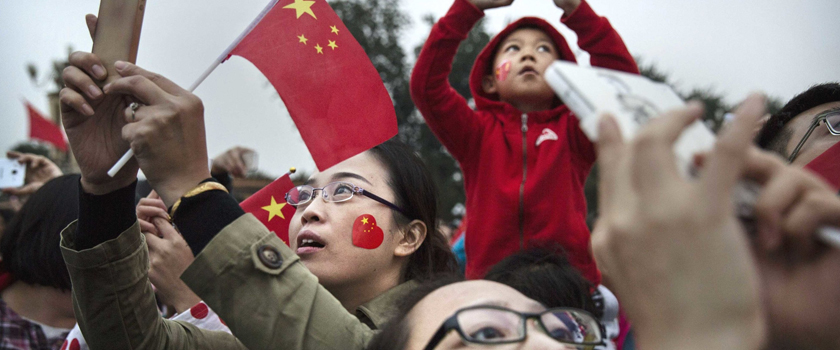Translation is not about language exchange, it is actually the cultural fusion of two languages in the perspective of cross-culture. Therefore, we must consider the social and cultural background when we are translating English and Chinese.
Brand translation is actually a very important part for those multinational corporations because it needs to adapt to the language habits, the social and moral ideas of the native countries.
The impact of cultural differences in trademark translation
We can see the differences in East and West cultures simply from the figures. In English-speaking countries, “7” is an auspicious number which is equivalent to “8” in China. So if we want to translate the inherent meaning of the brand, we need creative translation according to the specific circumstances.
For example: Mild Seven7-Up well reflected the blessings of good luck. Another difference is the animals. Some Westerners seems to have a positive meaning for animals Asians don’t like, for example, the translation of OWL. We didn’t translate it “貓頭鷹” directly in Chinese, but translated as “猎头鹰”.
Because the owl is a symbol of wisdom in the western world, and there is an old saying “as wise as an owl” to express their compliments. But in China, the owls are regarded as the harbinger of danger or something bad. So “猎头鹰” is more in line with the ideas of the Chinese people. Another example is when China exported “孔雀” TV to foreign countries, they use “Uranus” instead of “Peacock” due to the same reason.
Strategies applied while translating:
Transliteration method
Generally speaking, this method is used for from proper nouns or fanciful marks. Most of the trademark transliterations retain the original phonological beauty of the trademark, such as our domestic well-known trademark “Haier” (海爾). And foreign well-known trademarks such as: “Hoover” (胡佛) vacuum cleaner, “Adidas” (阿迪達斯) sports, “Motorola” (摩托羅拉) mobile phone, “SIEMENS” (西門子) and “SONY” (索尼) 等等. These trademark transliterations do not have any linguistics sense in fact. However, they are simple, articulate, innovative and there is an exotic touch in a foreign land.
Paraphrase method
Paraphrase method directly translates the original text meaning, rather than the sound, and it can keep the formerly known characteristics as well as the information and emotion of the trademarks. The paraphrase method can be subdivided into two types: literal translation and creative translation.
Literal translation such as “自然美” (Natural Beauty) can express the natural beauty of this product gives, and “Walkman” (随身听) means you can listen to it while walking, “Good Days” (好日子) to express the good wishes of the business-to-consumer, and so on.
In a word, the translator must according to two kinds of language and culture characteristics, using the proper translation methods and strategies to accurately reflect the commodity information and the positive good meaning.



